
‘Paul Bartel, who died aged 61 after undergoing surgery for cancer of the liver, said early on in his career, “I’m very interested in doing eccentric, individual low-budget films” – and he hardly ever swerved from that intention.
‘It was Death Race 2000 (1975), a typical Roger Corman production, that gave Bartel the chance to make his name. A campy, sci-fi comedy, which, like the best comic-books, caricatured the horrors of contemporary society, the film involved a trans-American car race in which every pedestrian is fair game, the winner being determined by the quickest time and highest body count. It starred the then-unknown Sylvester Stallone, as “Machine Gun” Viterbo. Although much of it was Corman’s conception, many of the quirky nasty bits came from Bartel.
‘It was a terrific hit with the Saturday night crowd, and, as a result, Corman gave him another car-crash movie, Cannonball, the following year, in which the participants in a cross-country race include a mad German, comic feminists and crooked country-and-western singers. The comedy was broader, but no less black, than in the first film; among the in-jokes were appearances by Corman, as a district attorney who wants to ban the race, Martin Scorsese and Bartel himself, bald, bearded and portly.
‘Bartel came to the movies after taking a four-year course in film and theatre at the University of California, Los Angeles. He spent a year on a Fulbright scholarship at the Centro Sperimentale film school in Rome, before returning to the US to make television commercials, and a couple of comic-erotic shorts, The Secret Cinema (1966), about a New York secretary for whom everybody’s paranoid fantasy becomes a reality, and the self-explanatory Naughty Nurse (1970).
‘This led to his first feature, a bad-taste sexual comedy called Private Parts (1972), which told of a runaway teenage girl taking refuge in a seedy San Francisco hotel inhabited by perverts.
‘While serving on the jury of the 1979 Berlin film festival, Bartel wrote the initial script for Eating Raoul. Filming began in November 1980, a weekend at a time, and was finished more than a year later. As Bartel explained: “I wanted to make a film about two, greedy uptight people who are not so unlike you and me and Nancy and Ronnie [Reagan], and to keep it funny and yet communicate something about the perversity of these values.”
‘In the film, Bartel and Mary Woronov (from Andy Warhol’s Factory) play Paul and Mary Bland, who dream of buying a house and a restaurant in the country. But the only way they can finance their dream is by murdering every swinger and sleazeball in Hollywood, who, according to Paul, are “horrible, sex-crazed perverts that nobody will miss anyway.”
‘Bartel and Woronov, who had previously appeared together in Rock ‘n’ Roll High School (1979), play the couple in a wonderfully deadpan manner. Black comedy is a difficult art to carry off, but he strikes the right comic chord from the start, and there is not a drop of blood visible.
‘After this satire, he turned out a surprisingly feeble comedy, Not For Publication, and a relentlessly camp B-western spoof, Lust In The Dust (both 1984). The latter starred Divine, the drag queen of trash, as dancehall “girl” Rosie Velez, who is rescued by gunman Tab Hunter, the former Hollywood pin-up boy and pop singer.
‘Bartel then returned to the sadistic world of Eating Raoul with Scenes From The Class Struggle In Beverly Hills (1989), in which he played Dr Mo Van de Camp. But, whereas the former film had a unity of tone, the latter was a strained soap opera lampoon, frenziedly trying to shock. The movie ends with the Cole Porter song ‘Let’s Be Outrageous (Let’s Misbehave)’, something Bartel did both well and badly over the years.
‘The final film he directed was Shelf Life (1995), in which three grown-up children act out scenes from television. He also appeared regularly in friends’ movies. In Joe Dante’s Hollywood Boulevard (1975), Bartel steals the show as a pretentious exploitation director, anxious to “spice up the crucifixion scene”.
‘In Desire And Hell At Sunset Motel (1992), he played the sinister manager, and he had small parts in The Usual Suspects (1995), Basquiat (1996) and in the gay romance Billy’s Hollywood Screen Kiss (1998). His valedictory screen appearance was as Osric in an ill-conceived Hamlet (2000), starring Ethan Hawke.’ — Ronald Bergan
____
Stills


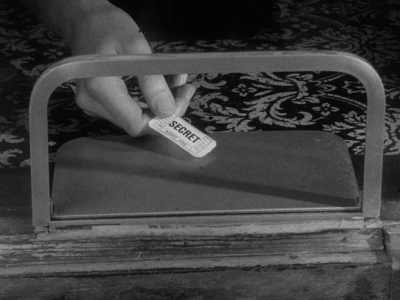
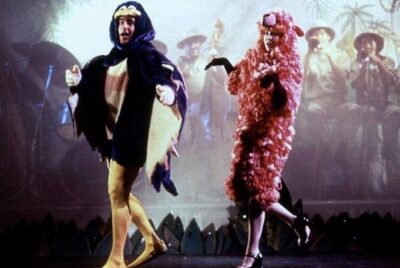
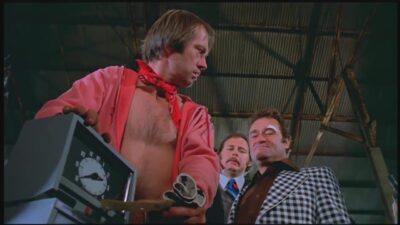
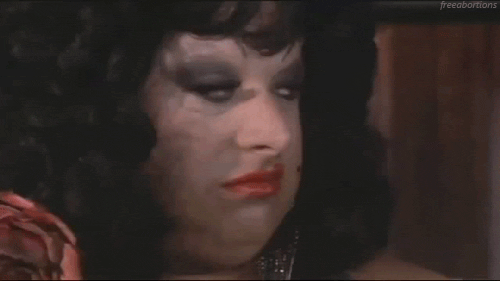
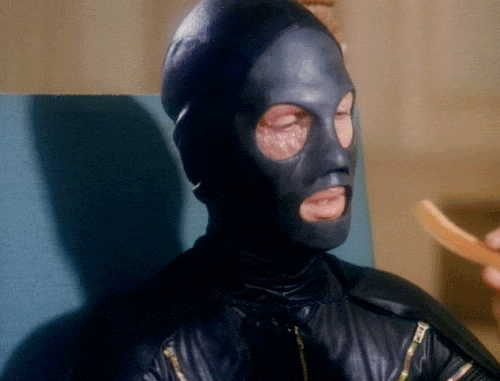


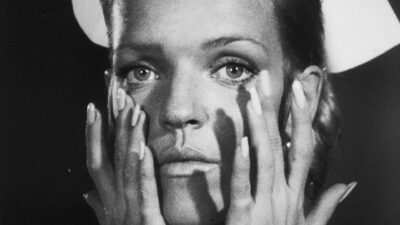


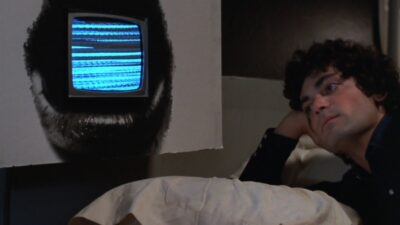


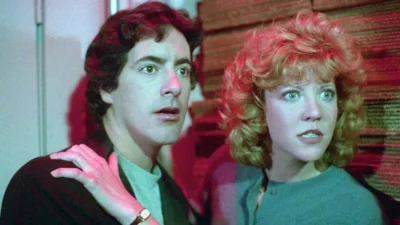


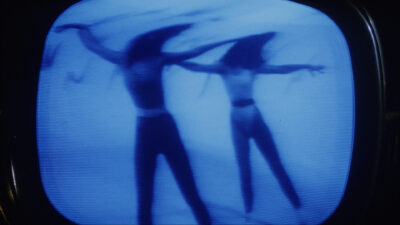





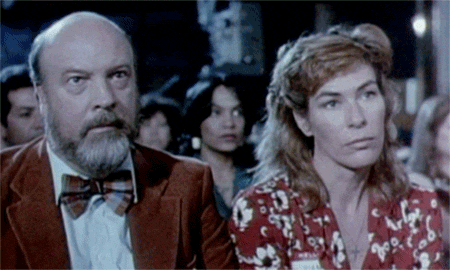


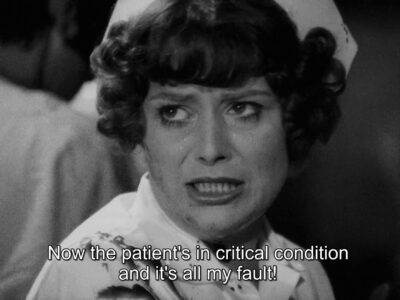










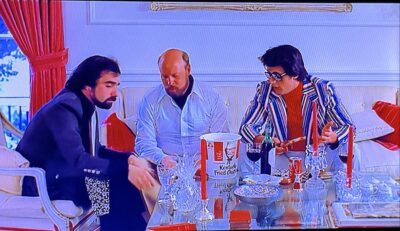
____
Further
Paul Bartel @ Wikipedia
Paul Bartel @ IMDb
PB @ MUBI
PB @ Letterboxd
Book: ‘PAUL BARTEL: THE LIFE AND FILMS’
Shelf Life: The Movie
Bartel, Paul (1938-2000)
Props for Paul Bartel
RIP Paul Bartel
Podcast: Remembering Paul Bartel.
The “Frivolous Gravitas” of Paul Bartel
Unusual Appetites
Director Report Card: Paul Bartel (1972)
Paul Bartel’s Guilty Pleasures
Paul Bartel Eats His Heart Out
Rom-Coms Turned Cannibalistic in ‘Eating Raoul’
Director Report Card: Paul Bartel (1982)
Paul Bartel Sticks It to the Idle Rich
____
Extras
Paul Bartel Interview (Director/Actor 1938-2000)
Paul Bartel & Mary Woronov on “Eating Raoul”
Joan Quinn Profiles: Paul Bartel and Andrea Robinson
____
Actor
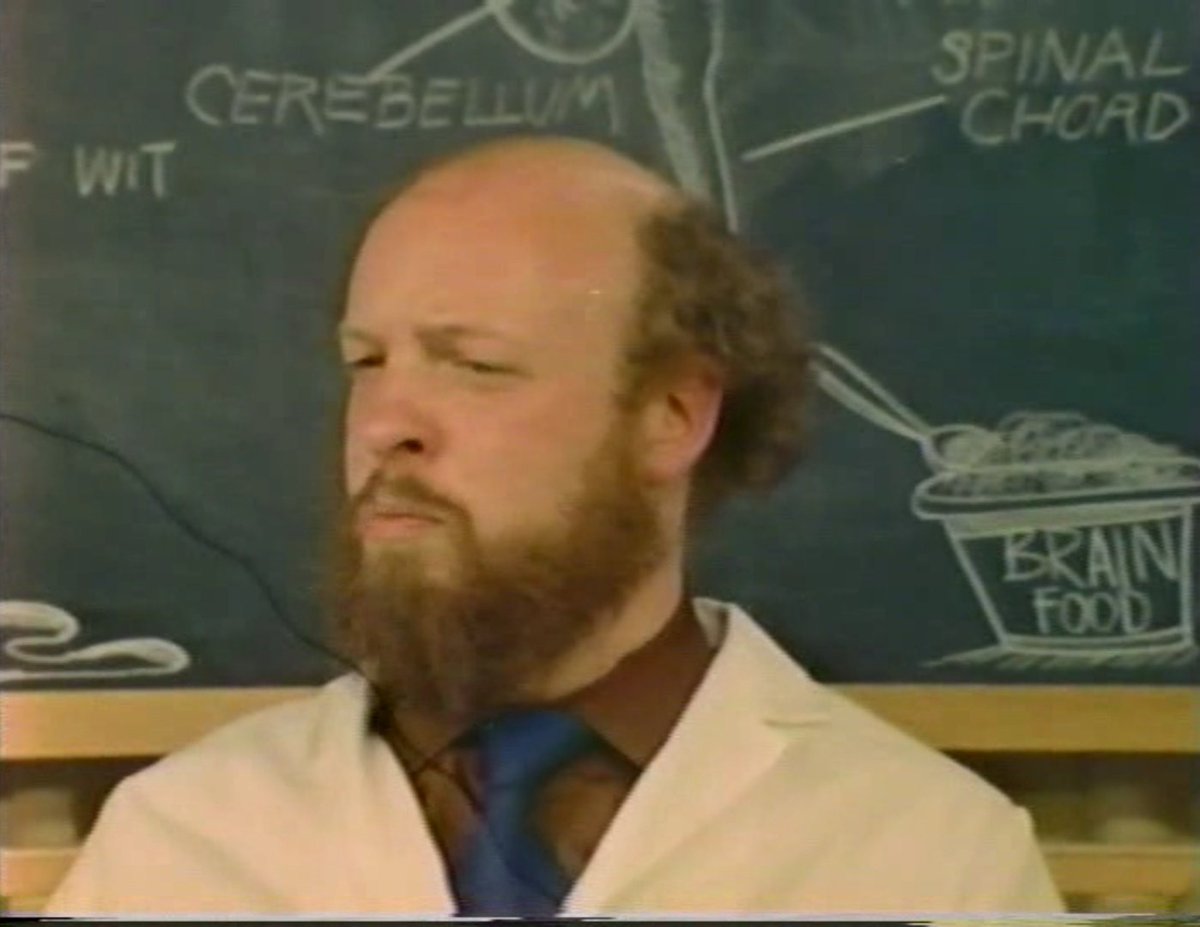
Charles Hirsch Utterly Without Redeeming Social Value (1969)

Joe Dante Hollywood Boulevard (1976)
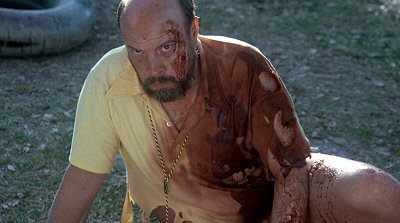
Joe Dante Piranha (1978)
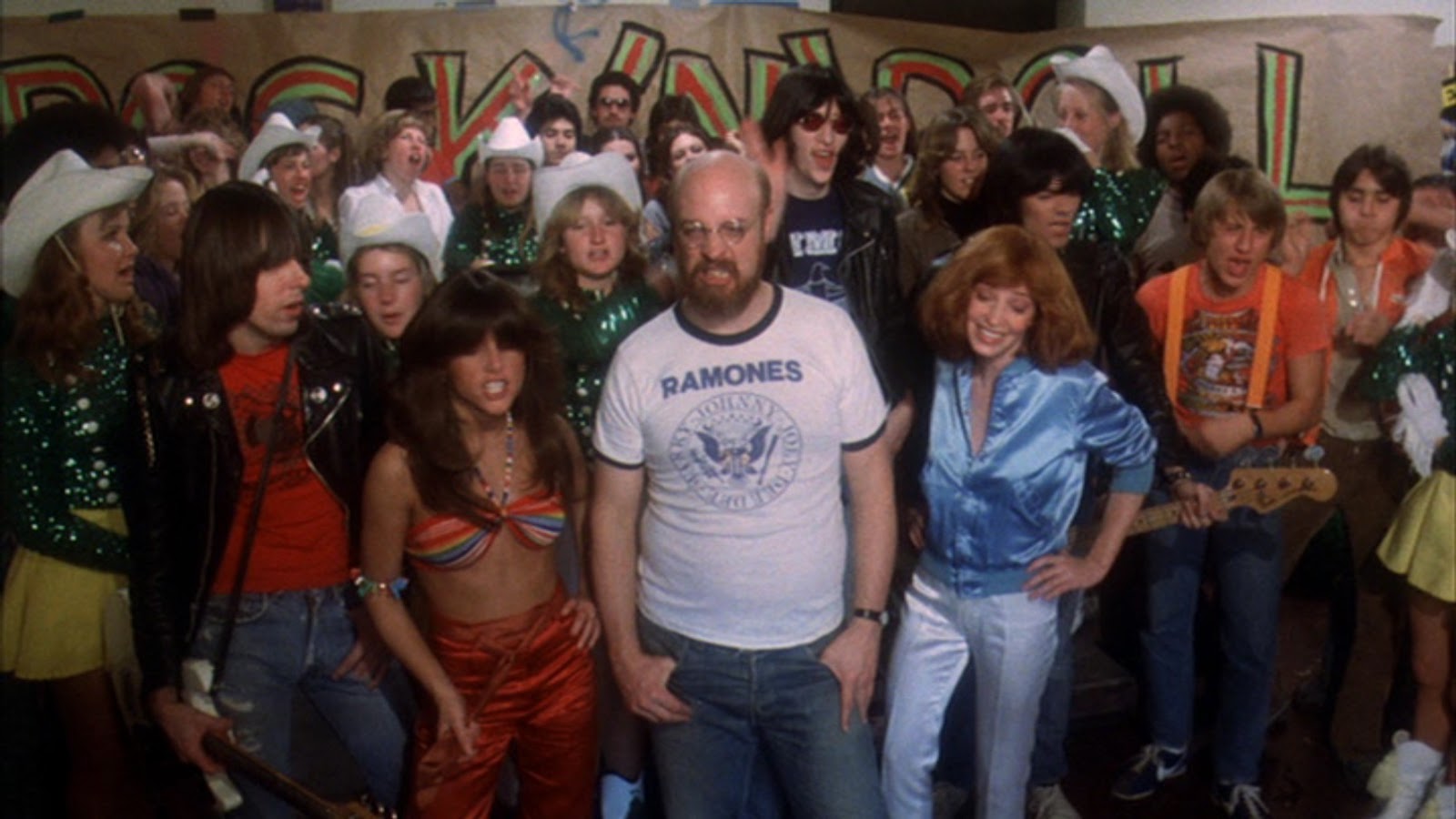
Allan Arkush Rock ‘n’ Roll High School (1979)
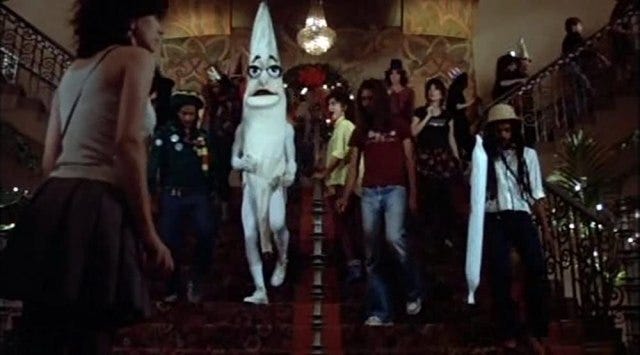
Allan Arkush Get Crazy (1983)
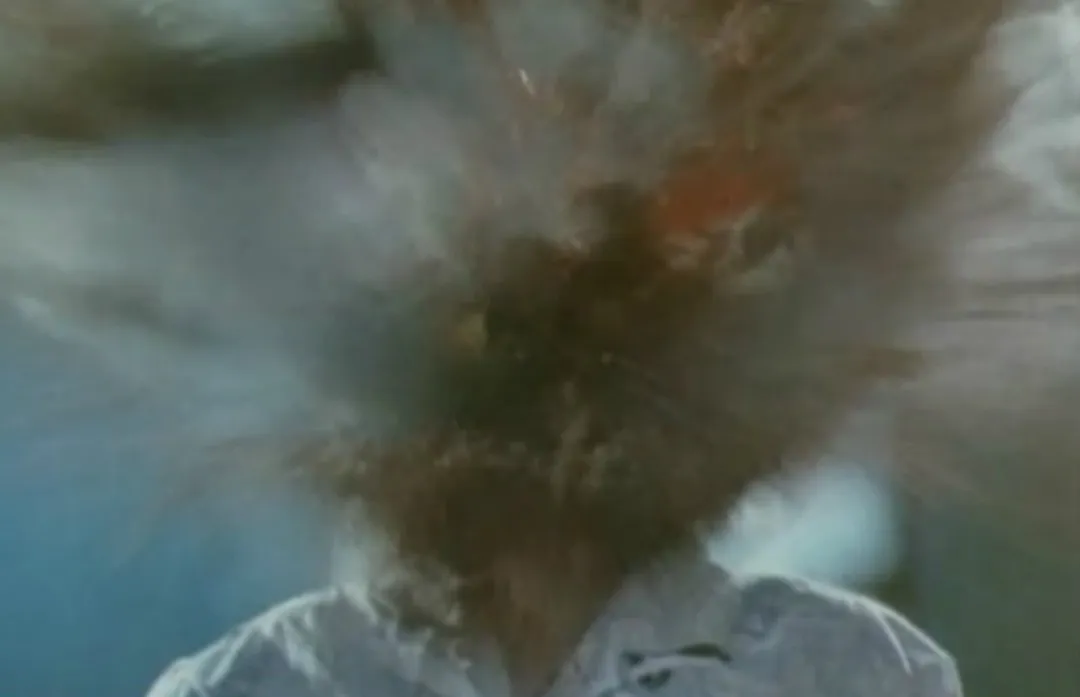
Jim Wynorski Chopping Mall (1986)

William Fruet Killer Party (1986)

Joe Dante Amazon Women on the Moon (1987)
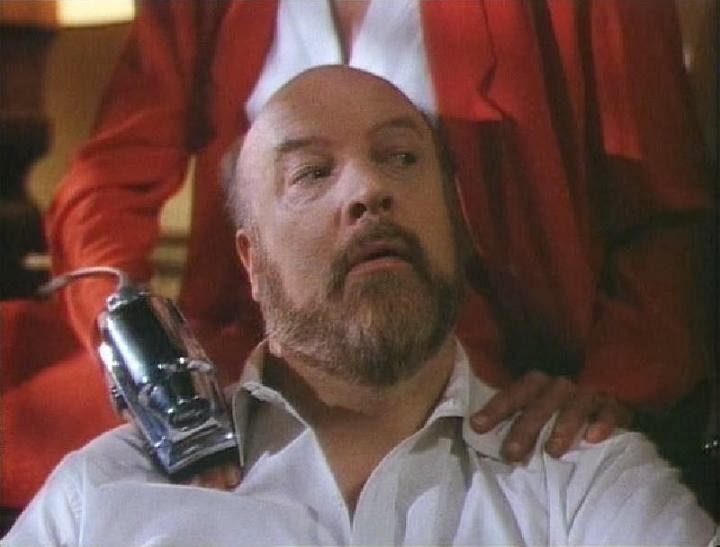
Michael Schroeder Mortuary Academy (1988)

Paul S. Parco Pucker Up and Bark like a Dog (1989)

Joe Dante Gremlins 2: The New Batch (1990)
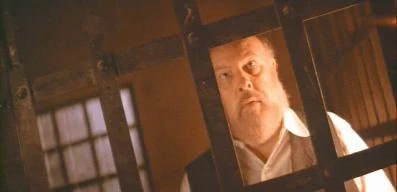
Mario Van Peebles Posse (1993)

Tales of the City (1993)
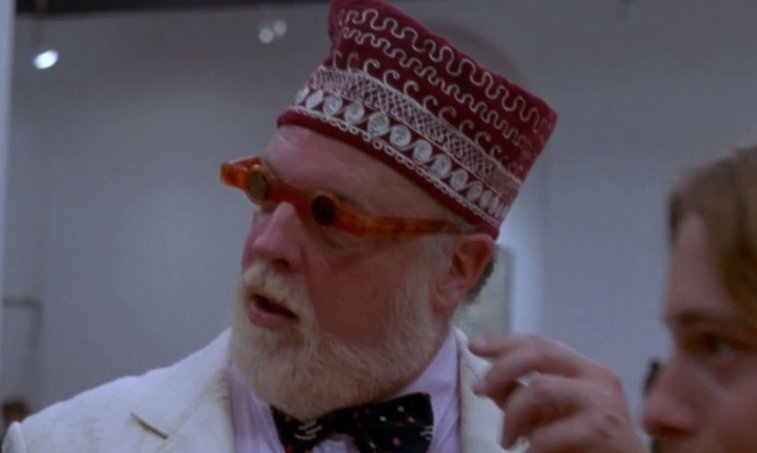
Julian Schnabel Basquiat (1996)

Tommy O’Haver Billy’s Hollywood Screen Kiss (1998)
_____
Interview

Did success spoil Paul Bartel? Well, yes and no.
To illustrate, let’s zoom in for a moment on the life and times of the director best known for his films Eating Raoul, Death Race 2000 and other social satires that the American-born auteur made far from the Hollywood studio system before his untimely death in 2000, at age 62. Ready. Quiet. Action
Close-up of Paul loving Raoul: Over lunch in a downtown Toronto hotel restaurant where the waiters in celebration of “ethnic eating day” sport name tags proclaiming their place of origin (Hi! My Name’s Habib. I’m From Egypt!), Bartel is pleasantly surprised when asked by an approaching fan if he would autograph a poster advertising Eating Raoul, the 1981 film satirizing the cannibalizing habits of America’s urbane middle class. “I’d be delighted,” the portly director beams. (Habib gives him a Coke for free.)
Three-quarter shot of Paul resenting Raoul: Taking thoughtful sips from his glass of Coke, Bartel says the price of celebrity is this: His latest film, Shelf Life, made in 1995, had its opening delayed for more than a year because distributors were miffed that it was not Eating Raoul, or anything like his other eight movies. In short, they said it was not a Bartel flick at all, a sentiment shared by the organizers of the Sundance and Toronto International film festivals, who, by rejecting Shelf Life, almost buried it forever.
A screen adaptation of a strange but intimate play about three Kennedy- era siblings who live 30 years underground in their parents’ bomb shelter, Shelf Life is a parody of “nuclear” family values and pop culture attitudes. The 83-minute film marks a departure for Bartel because, for one thing, he didn’t script it himself. He saw the play, written by actors Andrea Stein, O-Lan Jones and Jim Turner to showcase their highly eccentric performing style, in Los Angeles, where he now lives (he’s a native of Brooklyn). He was instantly smitten.
It was a small enough project to be made independently – that is, with $500,000 (U.S.), of which $350,000 was his own money – but he was also intrigued, he says, by the comic energy of the performers, the resonance of their ideas about American culture, about relations between men and women and about how restricting physical realities can be opened up by the strength of the imagination.
But once finished, Shelf Life was, well . . . shelved. “The greatest problem about getting this film released has been because of my earlier work,” bemoans Bartel. “People expect Eating Raoul or Not for Publication. They are surprised when they see it, even confused. Even though it has something in common with my other films in that it’s also about unconventional subjects. But the style is so completely different and that’s what throws people.”
Pull-away of Paul wishing Raoul would retire: “A producer sent me a play the other day that he wants made into a film,” Bartel says. “It’s a about a woman who is raped by a friend of her uncle and in the second act she gets revenge by serving them a meal, the remains of the aborted fetus.” (The Egyptian sunlight fades quickly from the face of an eavesdropping Habib.) “It was quite well written,” Bartel continues without pause. “But I realized while reading it that the producer thought of me only because of that moment of cannibalism. And I thought, oh God, I’ve become typed as the cannibal director.”
Cut to Paul in another place and time: There are other things you could call Bartel, not all of them having to do with flesh-eating wannabes from the suburbs. Angry young man, for instance. “I think I got involved making films about society and especially about problems in society because I used to be a pretty angry guy,” confides the director, graduate of UCLA’s film school and Rome’s Centro Sperimentale di Cinematografia and sometime actor in films like Rock ‘n’ Roll High School and Amazon Woman.
“I am gay,” he continues. “And I think that being gay has been the biggest source of conflict in my life. And growing up in the 1950s it was taboo to be gay. I don’t think it was easy for my parents. But I also had a sense at the time that my parents had misrepresented society to me, and also other passions which they didn’t approve of or didn’t allude to and didn’t condone. As I grew up I came to terms with that, and with my parents, and more importantly with myself.”
Bartel has addressed his gay identity in some of his films, Scenes From the Class Struggle in Beverly Hills, for instance, and also in a new script he is writing tentatively called Modern Marriage. “It’s about two guys who are roommates, one’s gay and one’s straight, and both are about to enter a long-term relationship with another person though each has a problem with commitment. It’s more straight, if you’ll pardon the pun, in that I’m not looking to criticize here, but rather to show how people can be brought together. I will do this by minimizing differences instead of exacerbating them.”
Fade on Paul as eternal optimist: “I’ve always been more interested in doing my own eccentric little films instead of being a studio director,” relates the one-time apprentice of Roger Corman (The Wild Angels, The Trip ), and mentor to Martin Scorsese, Francis Ford Coppola and Peter Bogdanovich. Bartel says he likes to have control over his work. If it’s bad (like the ill-reputed Lust in the Dust, a western parody starring Divine) then the responsibility’s all his. If it’s good, then pride will prevail. “Despite the rejection at a number of festivals, I believe in this film,” Bartel offers. “I know it really works.” (Habib smiles.)
____________
Paul Bartel’s 11 films
____________
The Secret Cinema (1968)
‘A woman suspects that someone has clandestinely been filming her life and that her friends and acquaintences are seeing the movies in secret screenings.’ — MUBI
the entire film
____________
Naughty Nurse (1969)
‘Similarly to The Secret Cinema (another short film from Paul Bartel), Naughty Nurse can be appreciated on both the surface and more parodic levels. Nurse still manages to be genuinely sexually provocative while also being very funny and intentionally odd to some degree. It is a unique and straightforward sex romp that clocks in at an appropriately brief eight minutes. Definitely worth watching, even if you aren’t particularly into it (and I mean ‘into it’ in a non-sexual manner, by the way), as it is super short.’ — framptonhollis
the entire film
____________
Private Parts (1972)
‘In the sleaziest corner of Los Angeles, the King Edward Hotel has a new arrival in the form of Cheryl, a runaway teen. She’s hoping to put her life back together but somewhere in the musty halls of the King Edward lurks another guest — who just loves to chop people apart!’ — Letterboxd
Trailer
Excerpt
____________
Death Race 2000 (1975)
‘Make no mistake: this is a 1970s Roger Corman production, and as such it is an unabashed exploitation film. The bare flesh is as gratuitous as the violence (for reasons never quite made clear, all of the drivers’ TV interviews are conducted fully nude while receiving massages from attractive members of the opposite sex), and some gags– I am here looking squarely at Matilda the Hun and her navigator, Herman the German– would absolutely not fly today. But if Death Race 2000 is trash, then it’s really great trash. I first encountered it in high school while channel-surfing late at night, and its mix of snotty humor and not-quite-mindless violence felt like manna beaming directly into my fevered teenage mind. Films this audacious and brashly funny were rare at the drive-ins of 1975, and they’re even rarer in the multiplexes of today. In a world of superhero films, Death Race 2000 is a comic book movie– in the best possible sense of the word.’ — Oscar Goff
Trailer
the entire film
______________
CARQUAKE (1976)
‘After the success of DEATH RACE 2000, Roger Corman and New World Pictures wanted another car picture out of auteur/performer Paul Bartel, and so he submitted to them a project that would have been completely wonderful and astounding called… “FRANKENCAR.” Corman wouldn’t spring for it, though, wanting something a little cheaper and more mainstream, especially in comparison to DEATH RACE 2000, whereupon men and women in cars that looked like dragons and cattle and gatling guns ran over pedestrians for sport. Corman wanted a standard cross-country racing movie, and Bartel, deep in depression, feared he would be pigeonholed as an action director. Despite it all, he grudgingly delivered his “car movie.”‘ — Junta Juleil
Trailer
_____________
Eating Raoul (1982)
‘A sleeper hit of the early 1980s, Eating Raoul is a bawdy, gleefully amoral tale of conspicuous consumption. Warhol superstar Mary Woronov and cult legend Paul Bartel (who also directed) portray a prudish married couple who feel put upon by the swingers living in their apartment building. One night, by accident, they discover a way to simultaneously rid themselves of the “perverts” down the hall and realize their dream of opening a restaurant. A mix of hilarious, anything-goes slapstick and biting satire of me-generation self-indulgence, Eating Raoul marked the end of the sexual revolution with a thwack.’ — The Criterion Collection
Trailer
Excerpt
Excerpt
____________
Not for Publication (1984)
‘Not for Publication is a Paul Bartel film that feels like a cross between a Bartel film and a mediocre 80s comedy. The first half is an okay at best threading of the needle between those two things but the second half is a total letdown devolving into just an underwhelming generic 80s comedy. About halfway in the warehouse scene when Barry starts getting holier than thou on Lois is when it nosedives sharply.
‘It’s sad but easy to see how this was a failure, Bartel is too weird for a wide audience but the film is too tame to really inspire any cult interest either. The wildest it gets is the little dance scene in animal costumes that Nancy Allen and David Naughton do, but it doesn’t come close to anything in like, Eating Raoul. Overall, everything is just too tame.’ — Erik [Auk]
Trailer
____________
Lust in the Dust (1984)
‘Divine starred — along with Tab Hunter (the two had worked together before, co-starring in the aforementioned Waters film Polyester) — in one of the most ridiculous Westerns you’ve never seen, Paul Bartel’s Lust in the Dust (1985), which is like a cross between Cat Ballou (1965), Three Amigos! (1986), and a drag show at an insane asylum. Of course, I mean that in the best possible way. This film is notable for a few reasons: (1) It’s the only relatively mainstream Western I know of, and I’ve seen a few hundred, that features a drag queen as the lead. (Women occasionally dress like men as a matter of disguise in Westerns, of course, but it always makes sense with regard to the plot; in Lust in the Dust, Divine is just Divine, as she was in Waters’ films, i.e. there’s never any acknowledgement within the film that Divine was born a man and is dressed as a woman.) (2) This is the first non-Waters film Divine appeared in. Apparently, according to various sources on the internet, Waters was offered the opportunity to direct Lust in the Dust but said no since he didn’t write the script.’ — Ron Felten
Trailer
Excerpt
_____________
The Longshot (1986)
‘Bartel’s second work-for-hire film in a row following 1985’s Lust in the Dust. It’s a lame and tame comedy about a bunch of old guys (plus Ted Wass, 5 years after he was the son on “Soap”, 5 years before he became the dad on “Blossom”) trying to win big at the track. Schemes for betting on horses, seducing crazy women, avoiding gangsters. Ideal for lazy middle aged men with inattentive senses of humor. Star Tim Conway wrote this, but the ’80s weren’t a flattering time for him. You’d think a vehicle with him and “Carol Burnett Show” pal Harvey Korman (and Jack Weston too, aka mean old Max Kellerman in the following year’s “Dirty Dancing”) might stand a chance at some endearing cast chemistry at least, but mostly they act like they’re performing physical labor for a paycheck, not having fun among friends nearing retirement age. They rarely seem at all happy or energized to be there.’ — Michael Eternity
the entire film
_____________
Scenes From The Class Struggle In Beverly Hills (1989)
‘Elegant drollery and wit flow through Paul Bartel’s Scenes From the Class Struggle in Beverly Hills like German steel purrs down Sunset Boulevard. A haughty insouciance attends it; the film has a permanently cocked eyebrow. If that was all the film had, it would still be the most entertaining American character comedy of the year. Hell, make that the last five years. But Bartel has the classic double vision of a true satirist, and under his waspish humor runs a strong current of idealistic morality, expressed in his characters’ poignant longing to be done with their own foolishness. Bartel’s tale of sexual desire and social restraint typically gets most of its laughs from the embarrassment both his rich and poor buffoons suffer at the exposure of their intimate selves. Discretion, the armed enforcer of taste and the repressor of personality, is the real subject of this class struggle.’ — Henry Sheehan
Trailer
the entire film
_____________
Shelf Life (1993)
‘Since his untimely death in 2000, Bartel’s work as both director and comedic actor has been celebrated around the world, praised by Hollywood luminaries such as Steven Spielberg, Brian De Palma, and Martin Scorsese as well as his many colleagues on the fringe– Jim Jarmusch, John Waters, Joe Dante, and Allan Arkush, to name just a few. Shelf Life was his last feature directorial effort, and has never been released. Synopsis: In 1963, a paranoid middle-class couple locks themselves and their small kids in their nuclear fallout shelter. 30 years later, their oblivious son and two daughters still survive there playing absurd games.’ — Shelf Life the Movie
Trailer
*
p.s. Hey. ** jay, LA is very worth visiting, but much better to visit if you know someone there who can steer you around because it seems like a vast sprawling mess until you decode it. It’s sort of open world video game-like in other words, I guess. My dream inhabitant for the IKEA space would be a massive version of my favorite LA Mexican fast food restaurant, a tiny-ish place called Poquito Mas, which is a nonsensical dream, but then the best dreams always are? Where’s your ‘home’, and I’m sorry if I’m forgetting. Do you just wrap or do you try to transcend mere wrapping? Awesome day to you! ** Misanthrope, Similar temps here, but I like it. Brr, yum, brr, yum, etc. They do say winter and aging bodies are not fast friends, but you could’ve fooled me. ** _Black_Acrylic, I’ve heard of ‘Messiah of Evil’, but I’ve not laid eyes, etc. on it. That Philip Best always knows what’s in the darkest corners, doesn’t he? If you tried it, give me a hint. ** Steeqhen, Hi. Oh, wow, thank you for reading those. Uh, hm, I don’t cook unless microwaving for 2 minutes counts, so I wouldn’t know what to bring. Champagne? Here’s to the brightest sun in the skies over you. Is that lush yet up to date location you described where you usually are? It seems like an absolute no-brainer that you should write an entire academic thesis on ‘The Real Housewives’. It sounds like fate, destiny, and so on. No? I love ‘Hoarders’. That’s the only reality show I ever got addicted to. ** alex, Hey! Thanks for watching the livestream. I usually don’t like doing readings, but that one was kind of incredible. It seems strange that the great majority of people who are getting blocked by Cloudflare are located in North America. I wonder what that’s about. I’ll go check out the current state of the Vermin site, and, yes, do remember to hook us/me up when you’re in stock there, if you don’t mind. Right, I did give her the Cobain joke. That’s my favorite joke, but unfortunately everyone pretty much knows it by now. Next Lynne Tillman? ‘American Genius, A Comedy’ is really good. ‘Weird Fucks’ is a wild bunch of fun. Friends and new zine ideas: you’re set. My week? Seeing some art. Seeing a performance of Gisele Vienne’s and my dance piece ‘Crowd’. Eating a Xmas Buche de Noel with friends. Talking with a lawyer about film-related stuff/problems. A lot of film stuff: looking for future screenings, festivals, etc. Should be okay. Mostly fun. ** Dominik, Hi!!! Thanks about the premiere, yes, we’re very happy and very happy to have that finally in place. Huh, the cult sounds kind of maybe Scientology-ish but hopefully without the evil? With a dash of Eastern Mysticism mixed in? Haha, love is a tough nut to crack but no doubt worth cracking. Love informing whatever controls my Facebook news feed that while I like AC/DC as much as any sane person does, I’m not that interested in them, G. ** James, I really need to focus my noggin on either figuring out a nickname for you or telling myself not to be so picky and ambitious. If the blog doesn’t trip people up, it’s not doing its job. What did you win by winning the Xmas quiz? I think the first Doors album is good, but by the second album they’re already starting to gentrify. LA>Las Vegas, surely needless to say. Thanks for trying to figure out the ‘Daddy’ thing, and I like that it’s unsolvable. Try to stay festive until the slaves arrive to give you a booster. ** T, Hey, T! You’re back from Japan! How was that? I’m imagining it was a spectacularity, although you’re using the word ‘weird’ about your recent period, so … hm. Let’s definitely meet up as soon as you’re back from your holidays. Yes, we have our premiere at long last. We’re about to work on a Paris screening. It’ll be a while, I think, but you’ll have a seat there, for sure. Come back to chat, yes! It’s been too many ages. xoxo. ** Steve, Yes, the Shroom Temple is in ‘Paper Mario’, and I just defeated the big boss — a giant evil combination stapler and hole punch device — and now I’m post-Shroom Temple and driving around in a desert in my little car that looks like a big shoe. Thank you for asking, haha. Thanks about the premiere. We’re thrilled, yeah. I think our fave films lists share one item, but I’m not completely finished with mine. Everyone, If you want to know what Steve’s top 10 films of 2024 are, go back and check yesterday’s commenting arena. ** Fox, Hi. Not being found out is a totally legit goal. Do you have, like, a performance aspect to your tarot reading? Like … darkened room, mysterious facial expressions, candles, and whatever else, or are you a down to earth tarot reader? I’ve known both. Sure, here are some chaste vibes, catch! Buche feast is on Friday. Soon, but not too soon. ** Justin D, Thanks, haha. One thing I like about those photos is that, with a couple of exceptions, it shows that LA was not an especially beautiful location, just fields and scrub, so the photos are interesting without triggering nostalgia or outrage that civilisation has destroyed some natural wonder. Thanks for the congrats. I probably can’t say more until sometime in January, which is when I think the situation will be formally announced by the host. ** Darbz, Hey! It’s funny to me as an LA person that buildings in Paris that were born in 1855 are just thought of as, like, teenager aged buildings. $300! Sweet. Do you have plans for it? Sorry, my eyes seem to have missed your dog question. Um, I think I would try to maintain my natural doggy charm and sweetness, but I would try to be a little less needy. Oh, my friend, I’m really sad to hear you were feeling so rough about yourself yesterday. To me, and probably to whoever else is reading this, you do nothing but shine and enlighten and improve everything. I hope your friends or someone in your physical surroundings will counter your feeling that you should self-attack in a wholly convincing way, if they haven’t already. You rule, sorry, but you just do. My day? I beat a big, bad boss in my video game. It was a giant, evil combination stapler and hole punch device that kept punching holes in my head until I hit it with a magic hammer a sufficient number of times to break it. Other than that, I just tried to answer emails and talked on the phone and made plans really. Was your day today maybe a big improvement on your yesterday, I hope? ** Lucas, Hey, L. I’m happy if my words made sense. I hope you got lots of deep and restorative sleep last night. ** Okay. I am devoting the Day today to the lovely Paul Bartel. See you tomorrow.
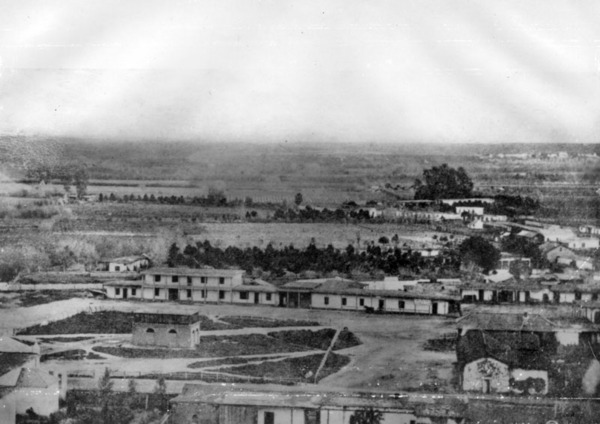
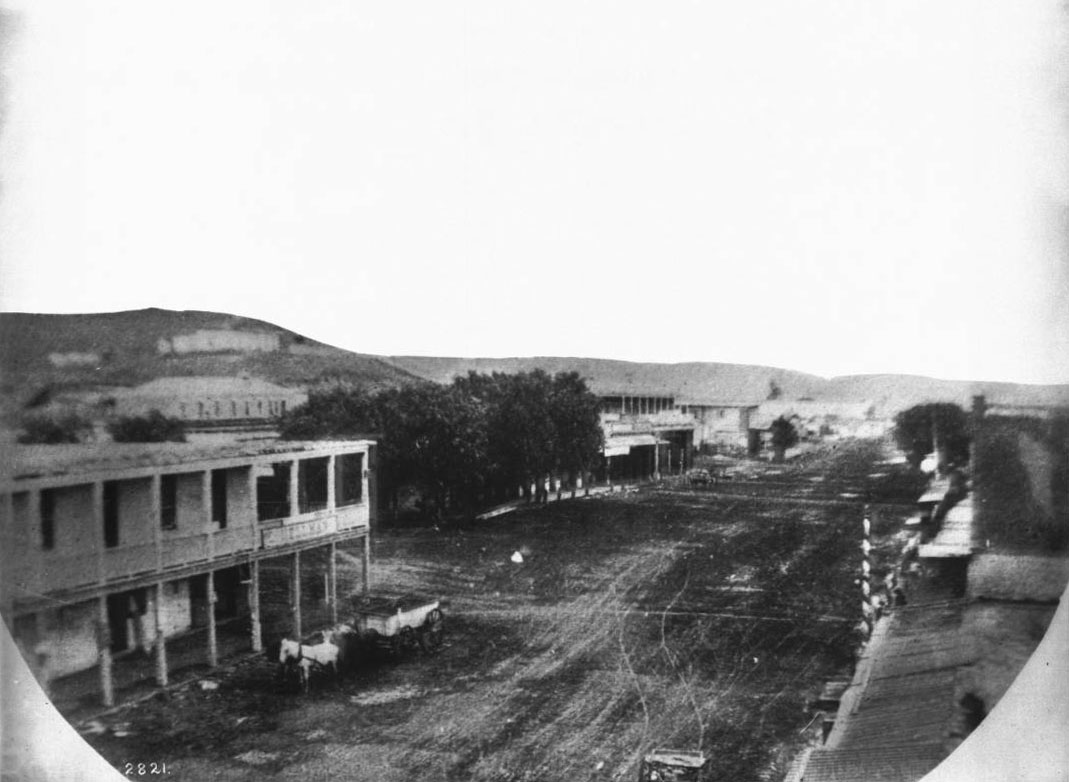

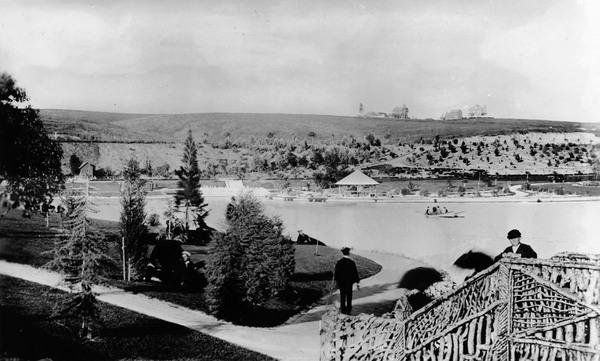


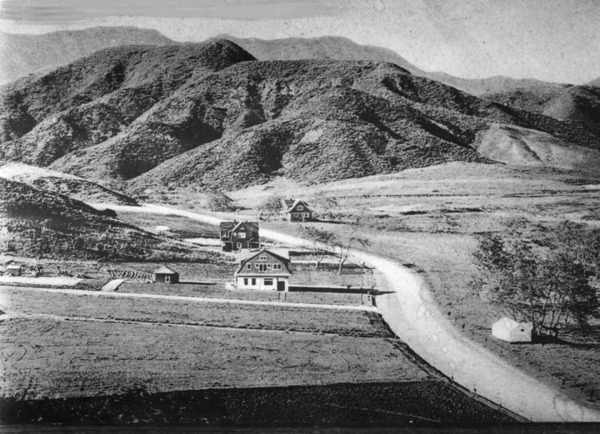
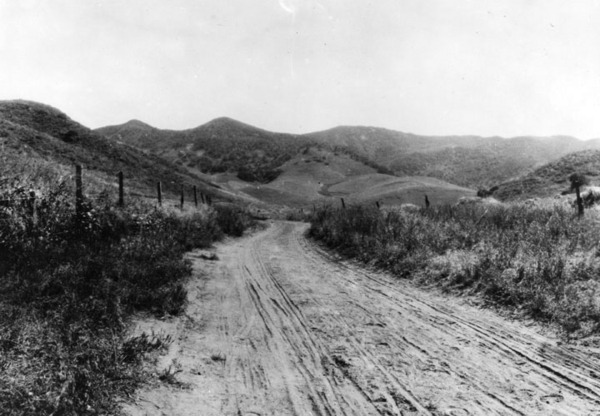
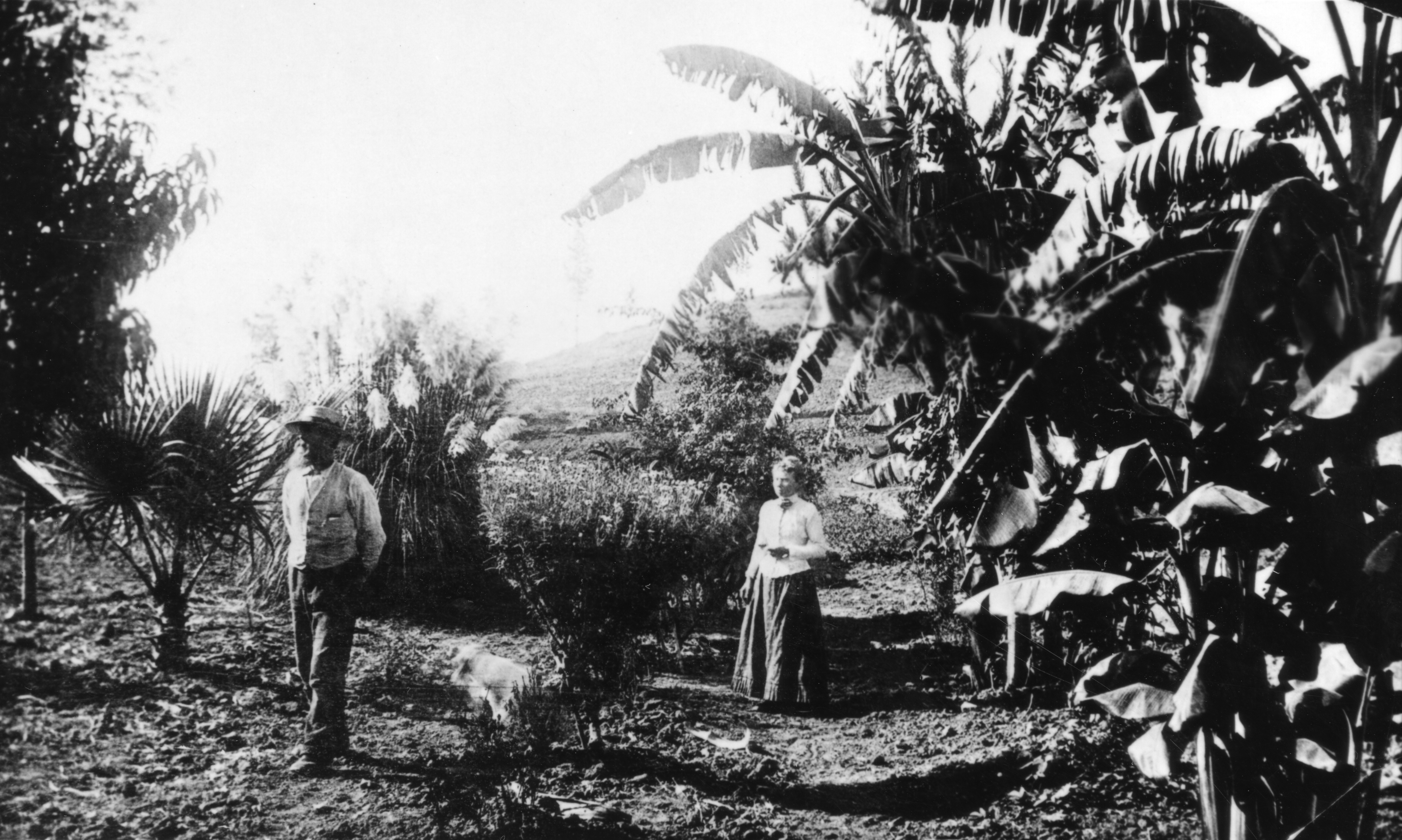
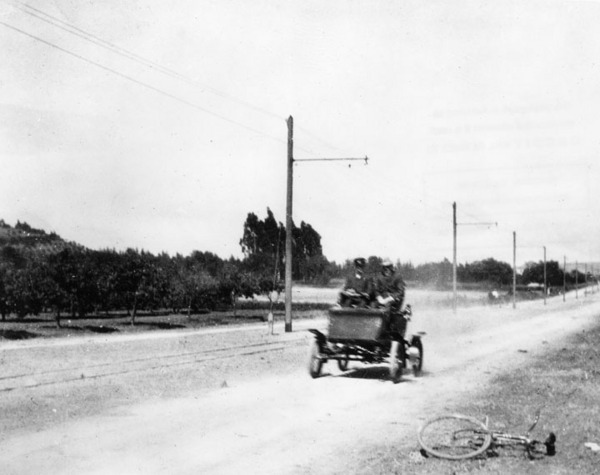
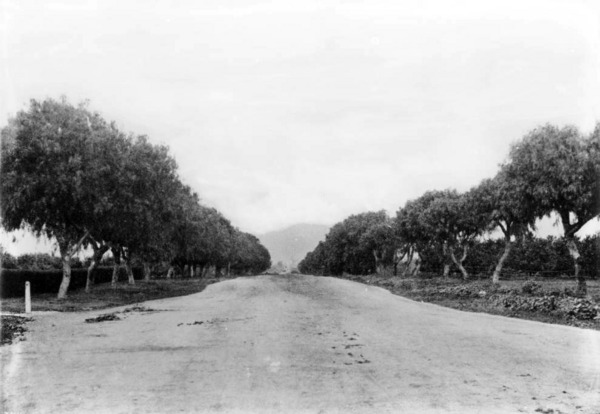
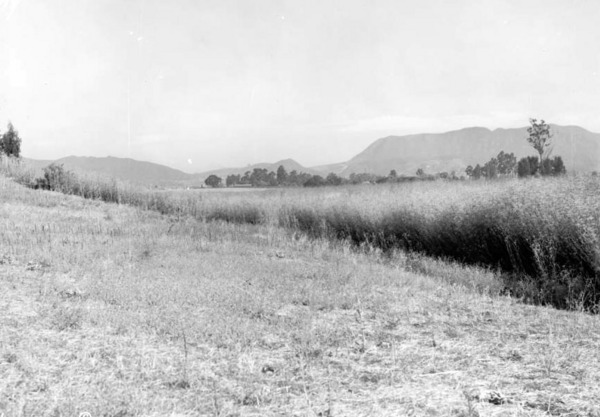
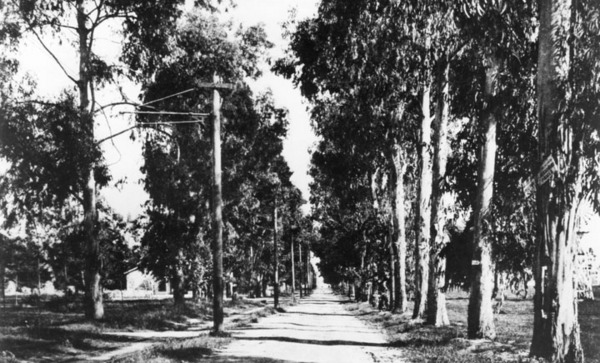
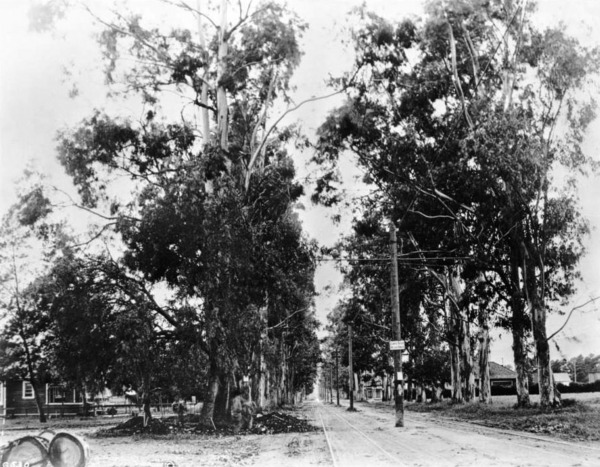
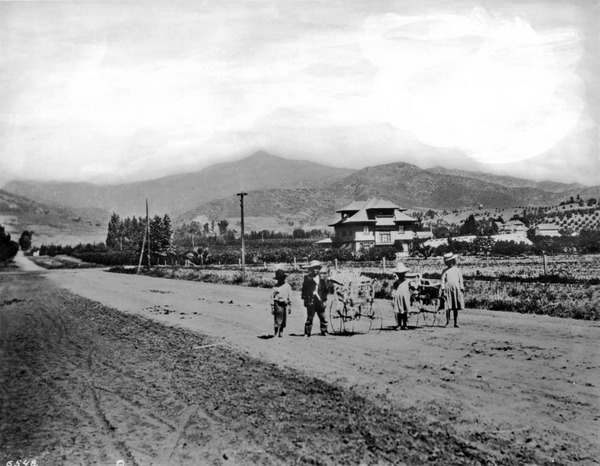
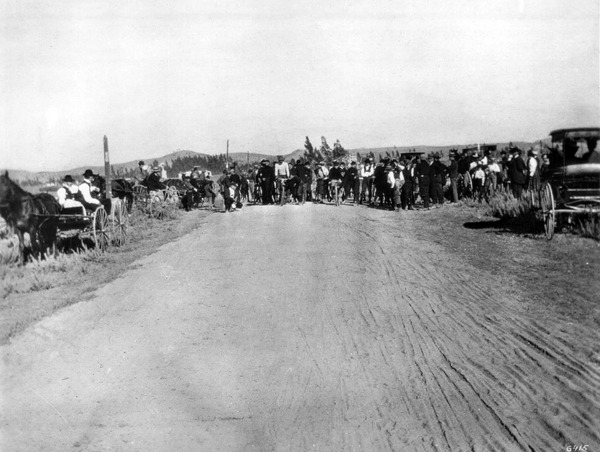
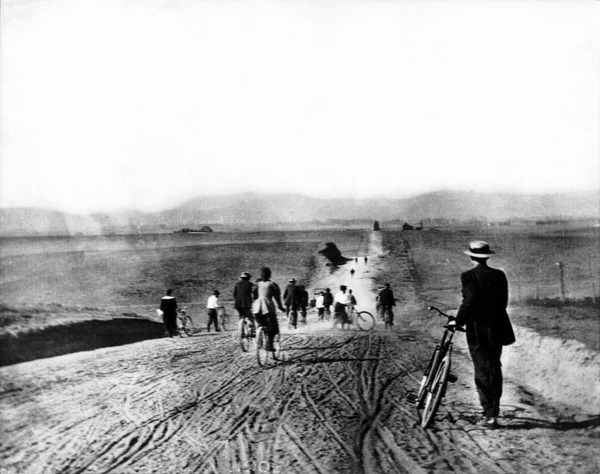
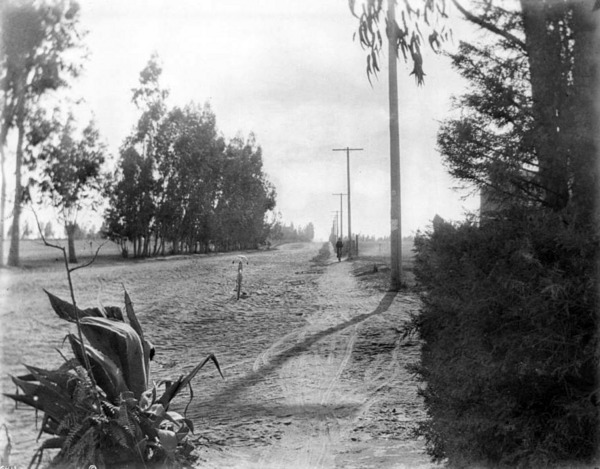
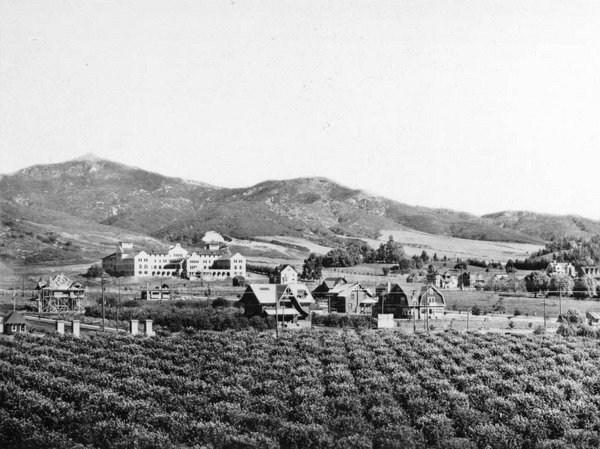
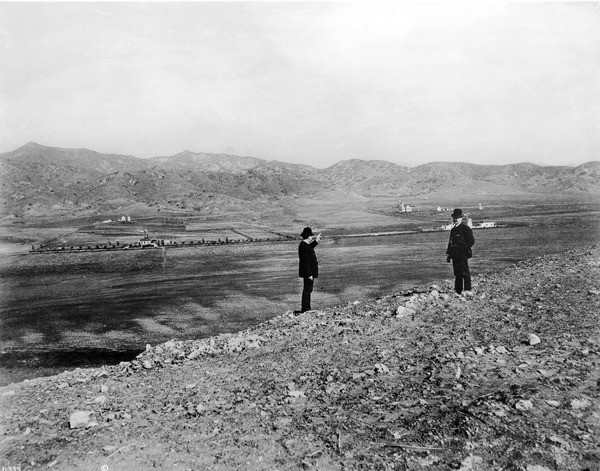


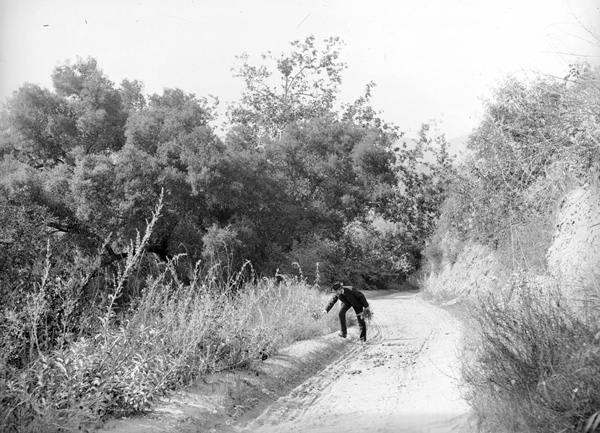
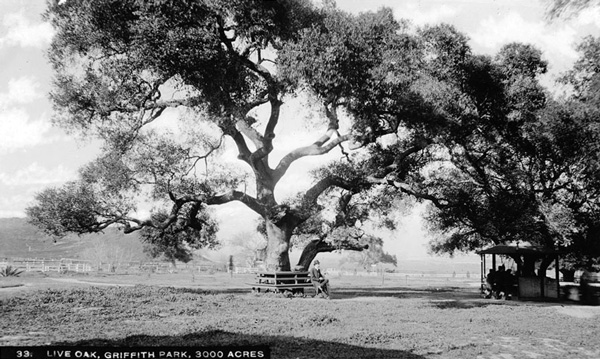

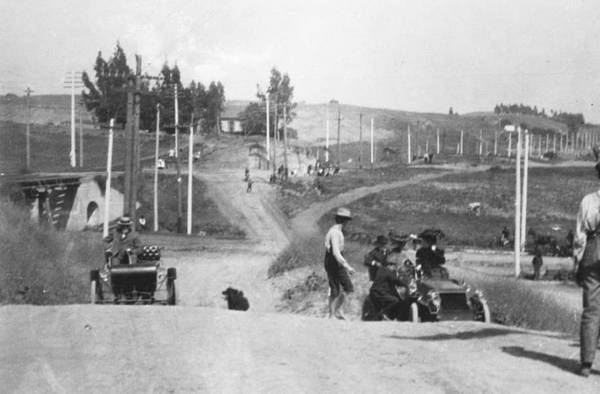



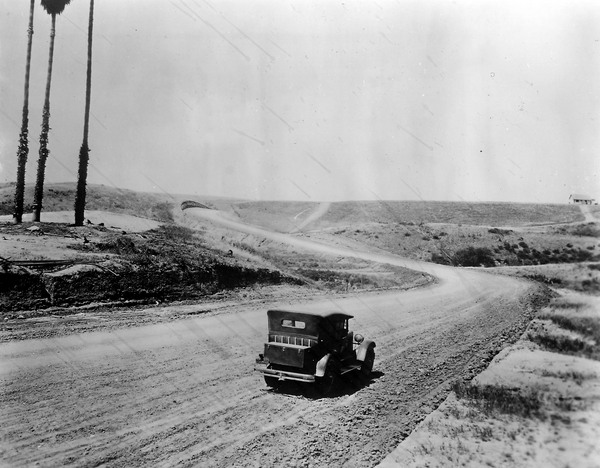

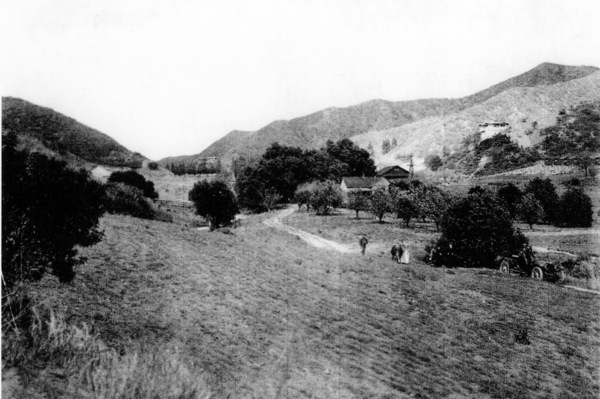


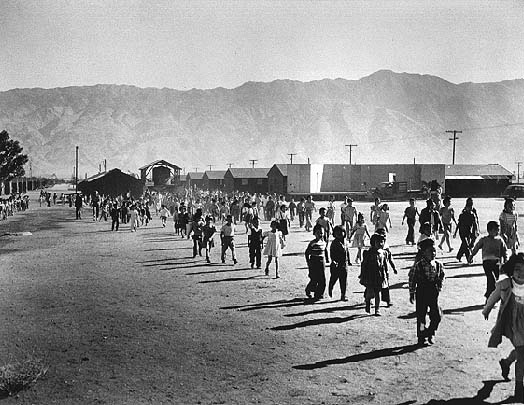



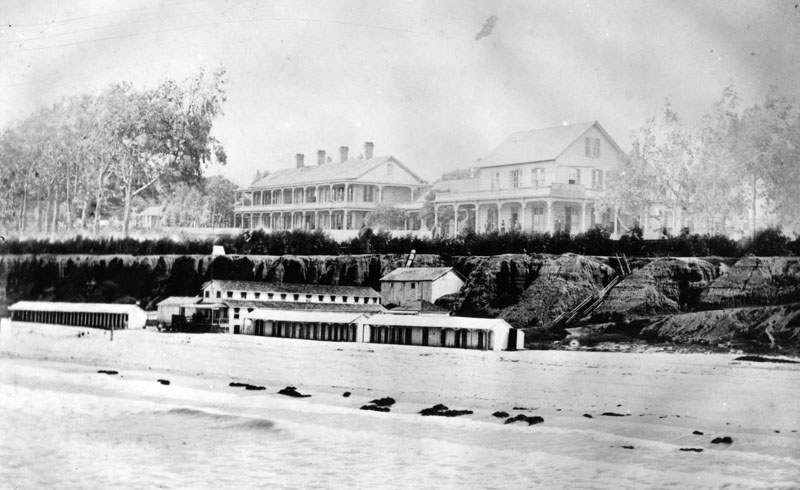
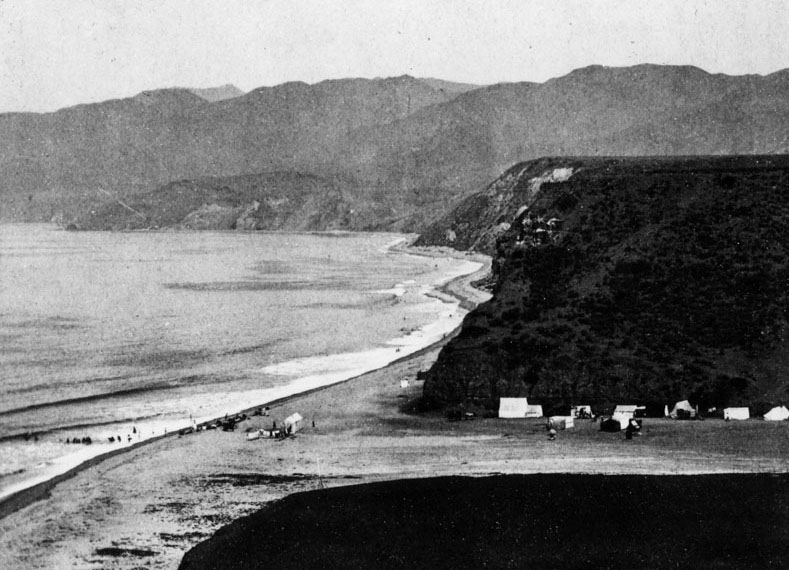
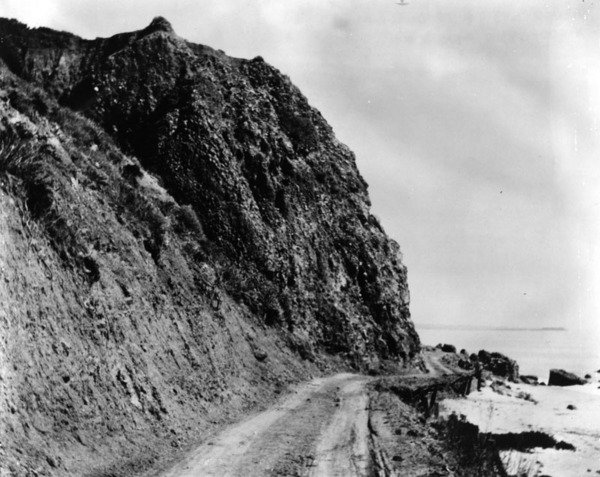
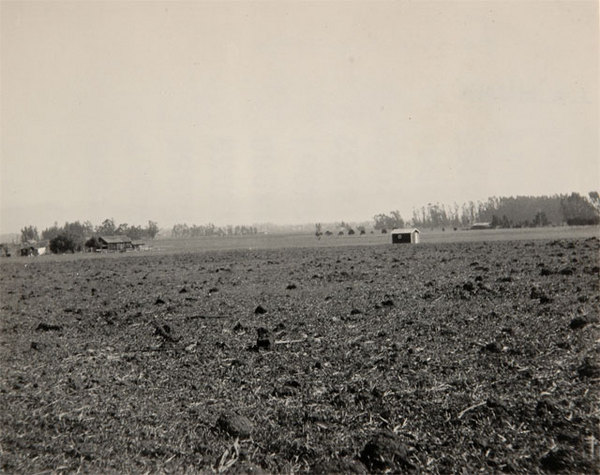
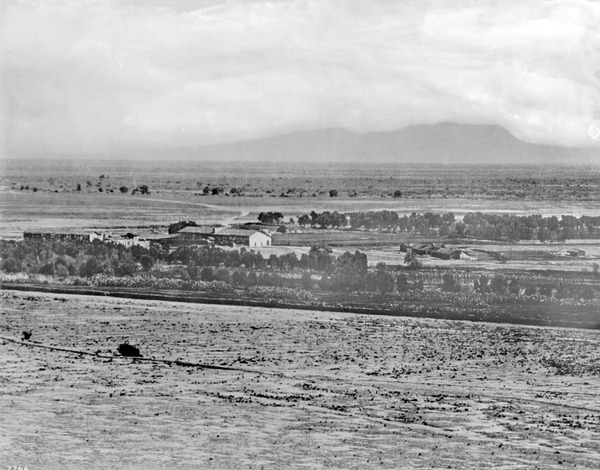
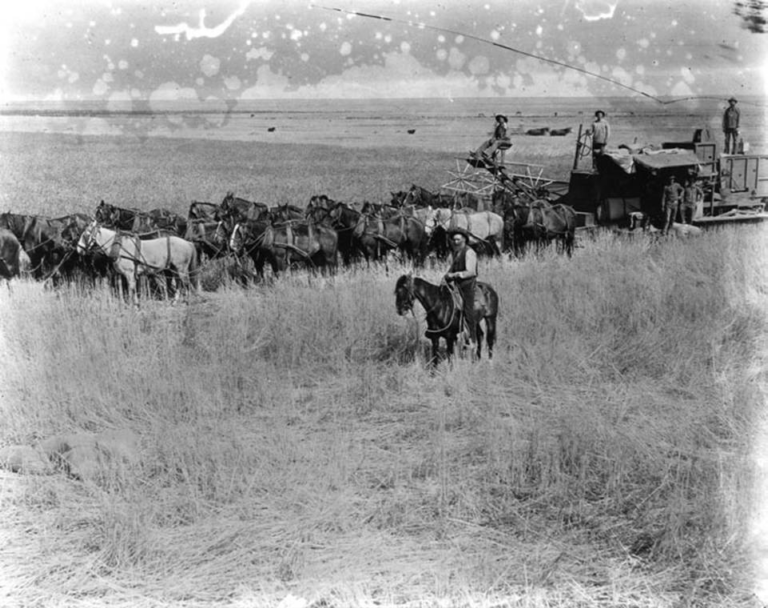
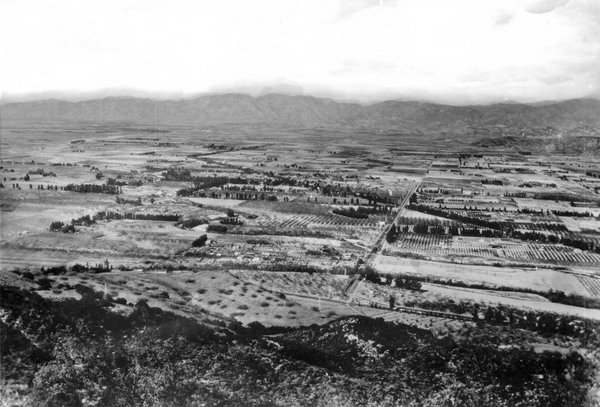
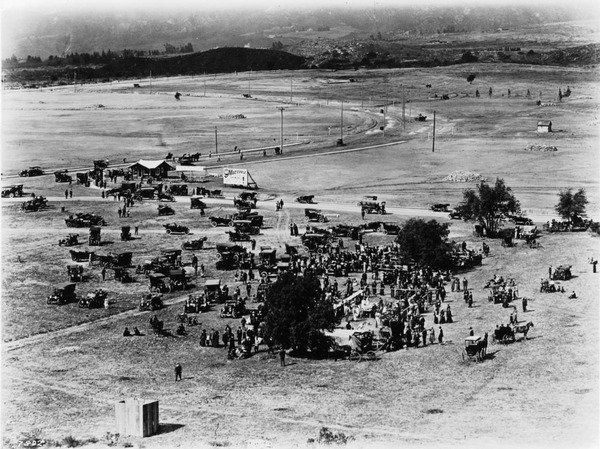



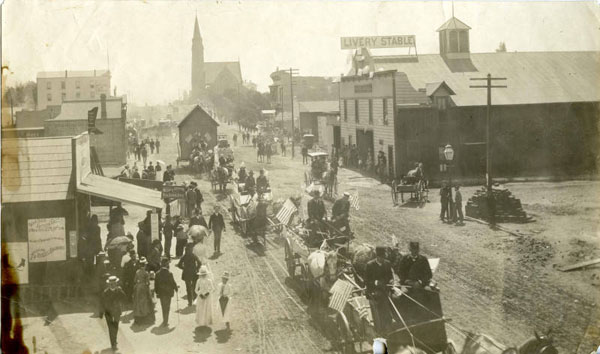
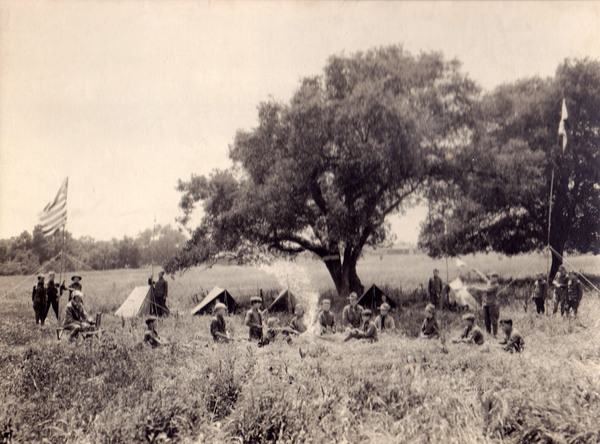
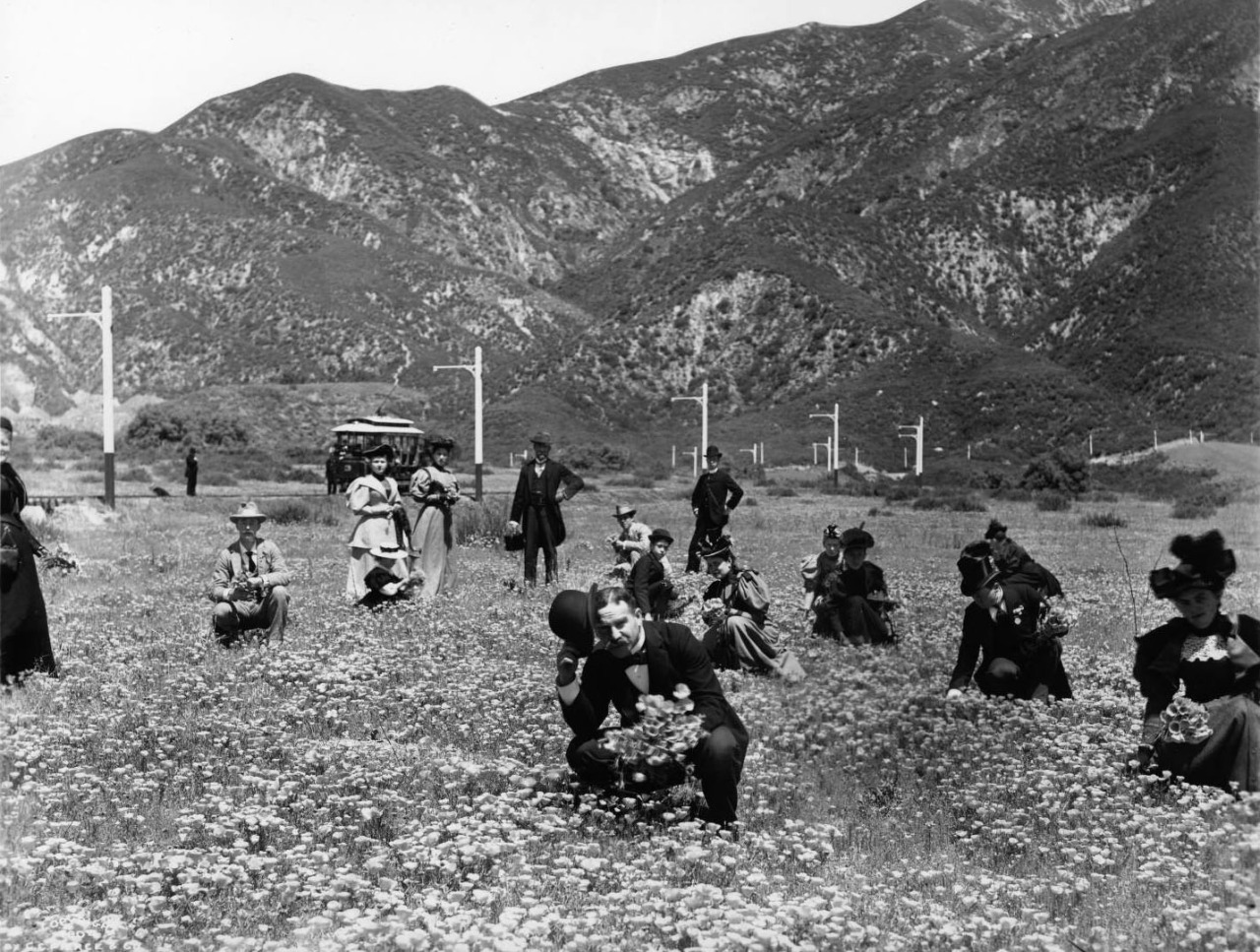
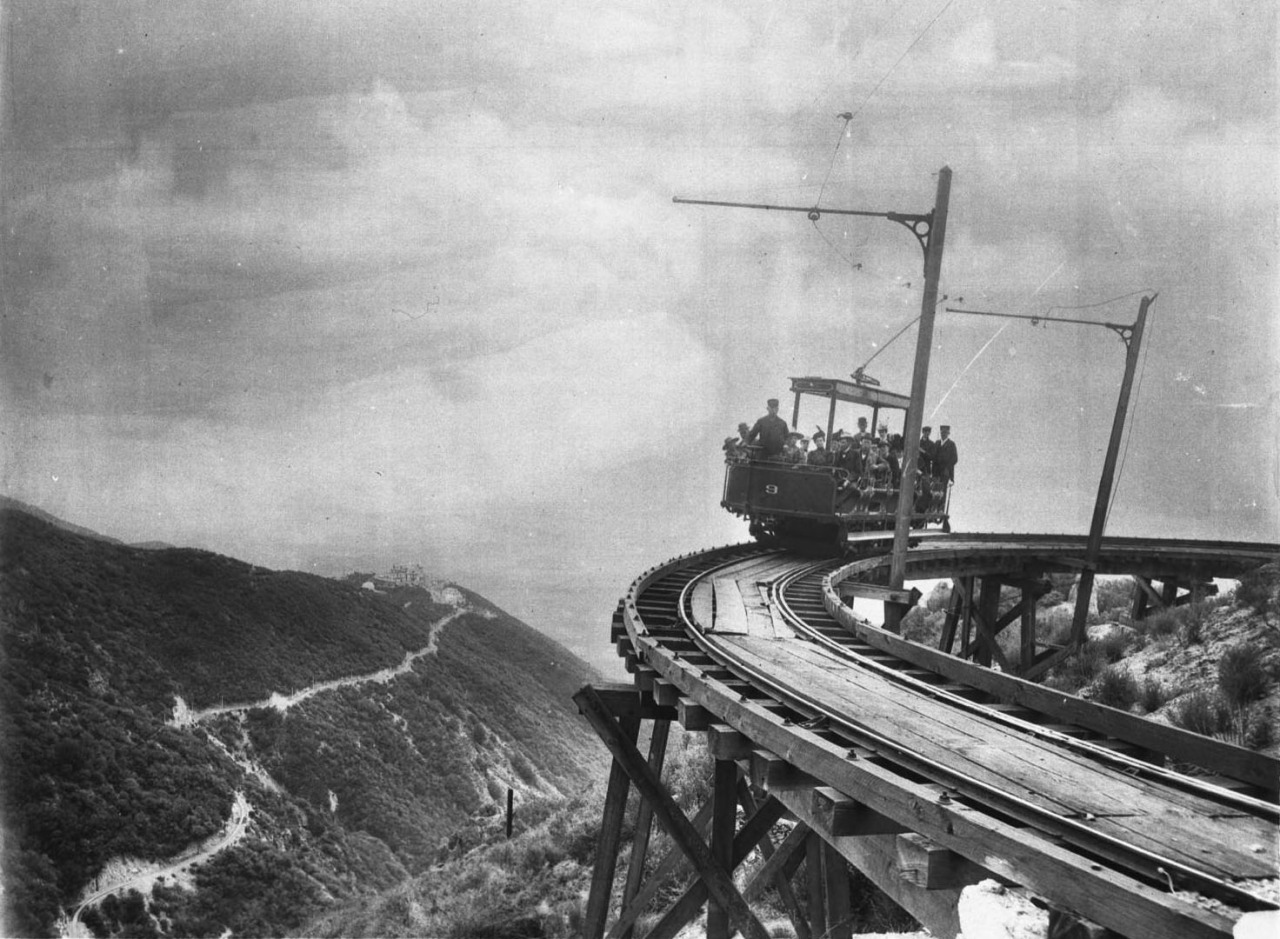
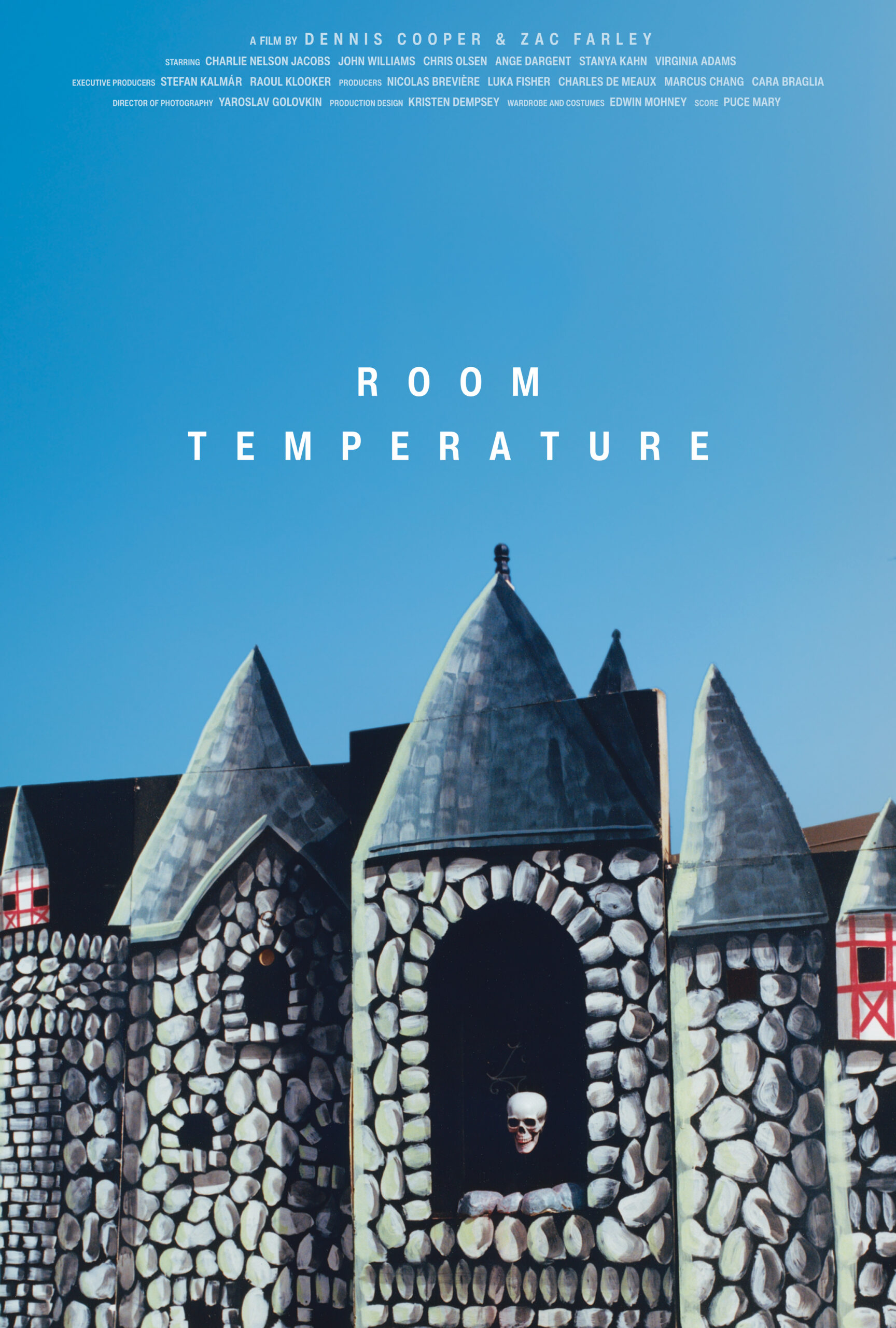



 Now available in North America
Now available in North America 